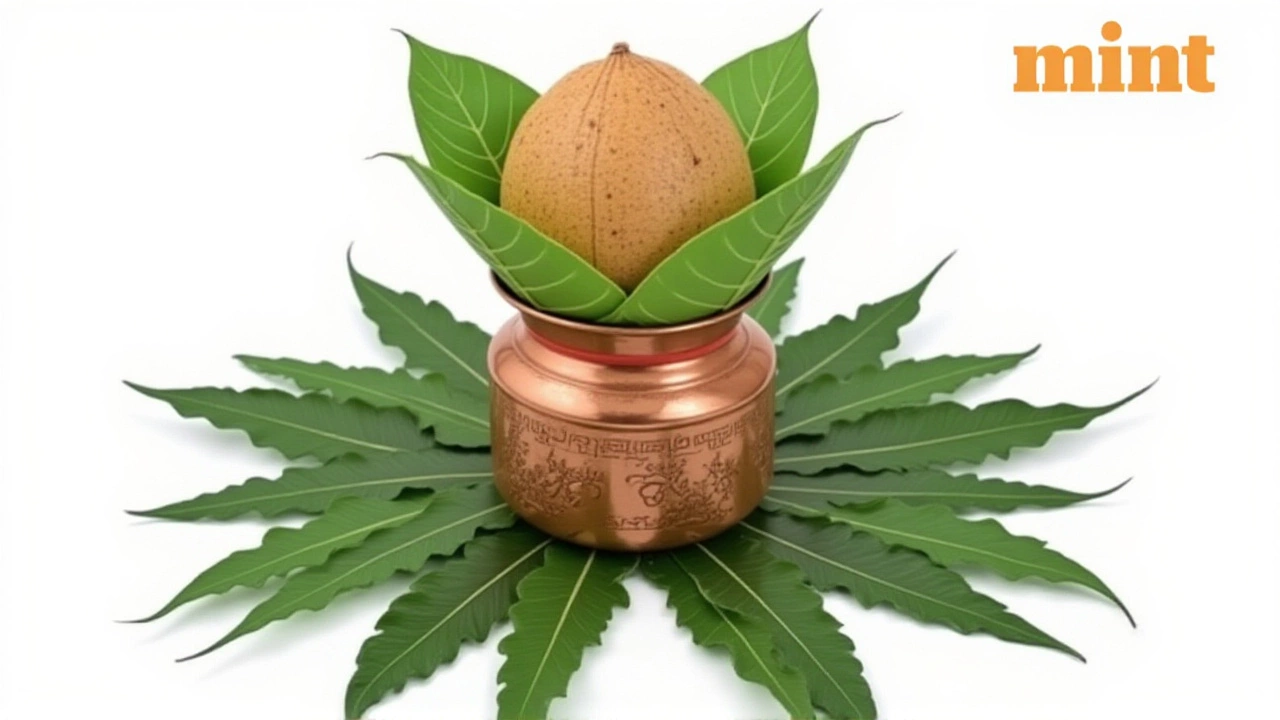Goddess Kushmanda – Understanding the Creator Goddess
When exploring Goddess Kushmanda, the radiant creator deity who is said to have formed the universe with a single smile. Also known as Kushmanda Devi, she represents the spark that ignites existence. Goddess Kushmanda appears in many ancient texts as the source of the sun’s first light, embodying pure creation energy. This entity is part of the larger divine feminine group that includes Maa Brahmacharini, the ascetic form of Durga worshipped on the second day of Navratri. Both goddesses illustrate different shades of strength: Kushmanda as creator, Brahmacharini as seeker.
Key Concepts and Their Connections
The celebration of Chaitra Navratri, the spring nine‑day festival that honors the nine forms of Durga provides a natural stage for honoring Kushmanda. During the fourth day, devotees light lamps and offer sweets, believing that the goddess’s energy fuels new beginnings. This festival demonstrates the semantic triple: Goddess Kushmanda is celebrated during Chaitra Navratri. At the same time, the ritual practices—known as spiritual rituals, offerings of milk, honey, and flowers performed to invoke divine blessings—require specific items. The act of pouring milk symbolizes nourishment, while honey stands for the sweetness of divine knowledge. These rituals illustrate another triple: Spiritual rituals require offerings of milk and honey. Together, the festival, the rituals, and the deities form a tightly woven web of meaning.
In Hindu mythology, the divine feminine is not a single figure but a network of interconnected personas. Hindu mythology, the corpus of stories that explains the origins, duties, and powers of gods and goddesses places Kushmanda alongside other energy‑bearing goddesses like Durga, Saraswati, and Kali. The narrative that Kushmanda created the cosmos with a smile links directly to the myth of Durga slaying the buffalo demon Mahishasura, showing that creation and destruction are two sides of the same coin. This relationship creates the triple: Hindu mythology connects Goddess Kushmanda with other divine feminine forms. Understanding these links helps readers see why a worshipper might invoke Kushmanda for creative projects while turning to Brahmacharini for discipline.
Practical takeaways for anyone wanting to incorporate these ideas into daily life are simple. Start by setting a small altar with a picture of Kushmanda, a candle, and a bowl of milk. Light the candle on a quiet evening and recite a short mantra that thanks the goddess for her creative spark. On the day of Chaitra Navratri, add a handful of neem leaves to your offering to honor the ascetic aspect of Brahmacharini. These actions show how the abstract myths become real, tangible practices. As you explore the collection below, you’ll find posts that dig deeper into each topic—whether it’s the detailed steps for a Navratri ritual, the symbolism behind each offering, or personal stories of how worshipping Kushmanda inspired artistic breakthroughs. Let this overview serve as your launchpad for a richer, more connected spiritual journey.
Shardiya Navratri 2025: Deciding the Kalash Coconut's Fate
As Shardiya Navratri 2025 ends, families decide whether to eat or immerse the kalash coconut—guided by regional customs, scriptural advice, and expert insights.
Read more